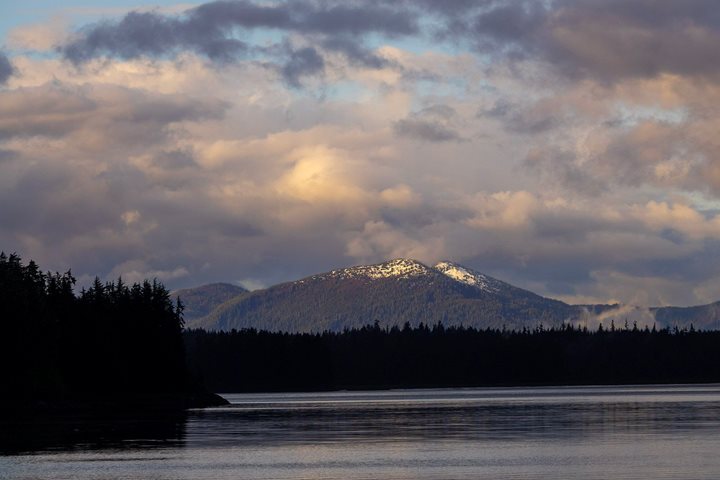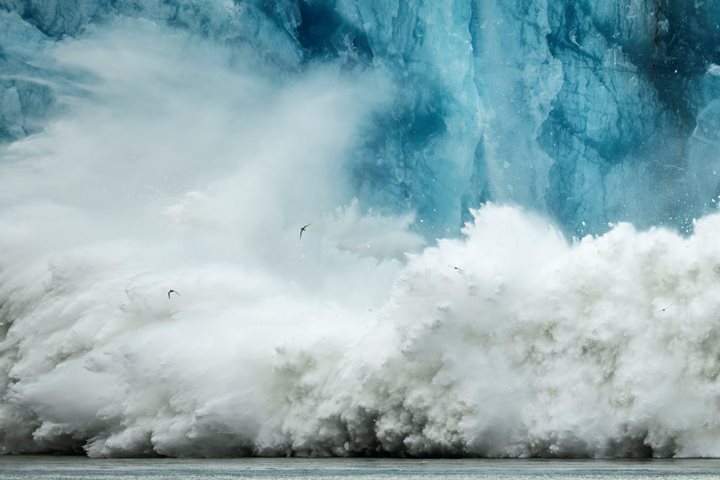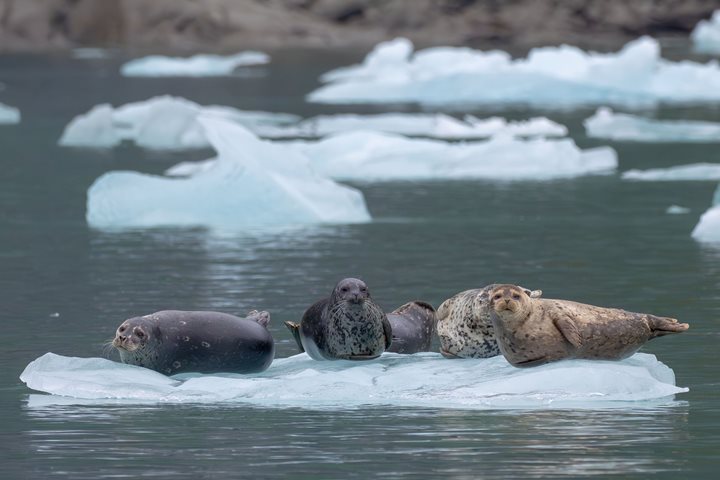Today National Geographic Sea Lion anchored in Scenery Cove near Baird Glacier for a day full of exploration and activities. In the morning, guests had the opportunity to engage with nature by choosing from two different types of hikes or a coastal Zodiac tour to look for wildlife. In the afternoon, we traveled to Cascade Creek for a second round of adventures where guests chose between natural history and photography hikes, or an even longer hike into the temperate rainforest with a naturalist. Finally, guests had the chance to paddle on kayaks or paddleboards in this beautiful location. Today was truly a choose your own adventure type of day. We concluded the day in the warmth of the ship and heard from our experts at evening recap. We exchanged stories from the day with fellow explorers.
- Daily Expedition Reports
- 12 Jun 2023
Scenery Cove and Cascade Creek, 6/12/2023, National Geographic Sea Lion
- Aboard the National Geographic Sea Lion
- Alaska
Leonardo Carrizo, Naturalist/Certified Photo Instructor
Born in Argentina and raised in Ohio, Leonardo developed a passion for travel and exploration at an early age. While studying for his M.A at The Ohio State University in Spanish Literature and Culture, Leonardo traveled to Spain and Mexico to visuall...
Read MoreShare Report
Alaska Escape: LeConte Bay, Wrangell and Misty Fjords
VIEW ITINERARYRelated Reports
5/29/2025
Read
National Geographic Sea Bird
Endicott Arm
Dawes Glacier, located at the head of Endicott Arm in Southeast Alaska, is an active tidewater glacier in the remote Tracy Arm-Fords Terror Wilderness Area. Reaching the glacier requires a 30-mile journey through a narrow fjord lined with sheer rock walls rising over 3,000 feet. These cliffs are veined with waterfalls and often blanketed in mist. Throughout the fjord, remnants of the glacier float in the form of icebergs. The glacier feeds cold, silty meltwater into the fjord, giving the water a distinctive milky-green hue and supporting a rich marine food web. Harbor seals were hauled out on ice floes near the glacier. Gulls and Arctic terns were actively feeding, likely drawn by the small fish and plankton concentrated by the glacial outflow. The glacier calved several times, hurling large chunks of ice across the water’s surface, sending the birds fleeing. The sound of the ice hitting the water echoed off the steep rock walls that rise thousands of feet on either side.
5/27/2025
Read
National Geographic Sea Bird
Dawes Glacier in Endicott Arm
We could not have asked for a better way to end the expedition. Our last day was amazing! Visiting Dawes Glacier in Endicott Arm was a highlight with its crystal-blue ice and resting harbor seals floating by on the ice. In the evening, we even got to see a couple of humpback whales off the bow of the ship. We ended the day by watching images of the beautiful moments created on our expedition during the famed guest photo slideshow.







